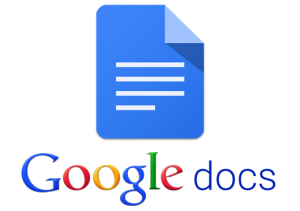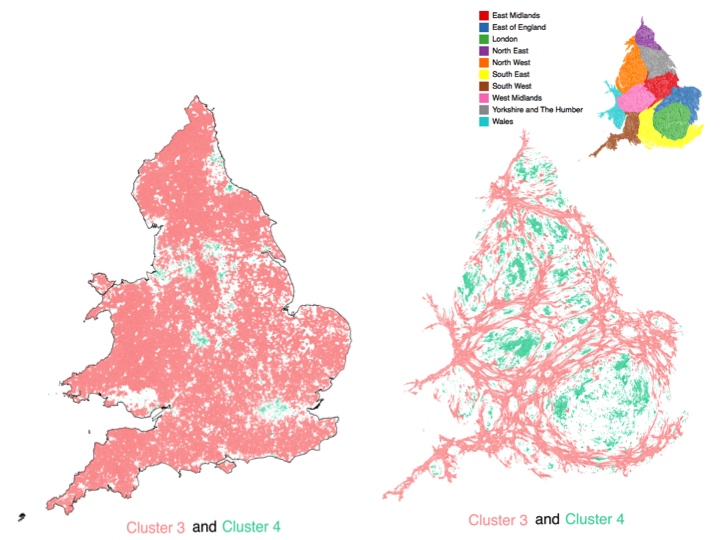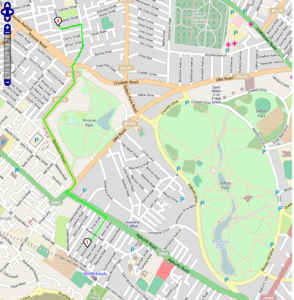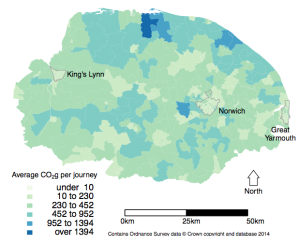Update (25/02/2016): Article now publised at dx.doi.org/10.1080/03098265.2016.1144729
 Original (30/11/2015): Just recently I have had an article accepted (but not yet published) that I wrote using Google Docs. It was a collaborative article from a writing retreat with 5 people contributing. We needed some way of all being able to contribute to the article and I had heard of people using Google Docs for this before, so I suggested we give it a go. We actually started using Google Docs to write notes and outlines during the writing retreat and then developed this into the final article.
Original (30/11/2015): Just recently I have had an article accepted (but not yet published) that I wrote using Google Docs. It was a collaborative article from a writing retreat with 5 people contributing. We needed some way of all being able to contribute to the article and I had heard of people using Google Docs for this before, so I suggested we give it a go. We actually started using Google Docs to write notes and outlines during the writing retreat and then developed this into the final article.
Using Google Docs has a number of advantages over sending email attachments back and forth and bookmarking the page allowed me to have easy access to the article whenever I wanted it. It didn’t solve all of the problems of writing a joint article by any means, as we still needed a lead author to coordinate people, set deadlines and remind people to contribute by the deadlines!
One thing I observed was that is wasn’t very easy to tell different contributors apart – all of the text by default was the same colour, so we ended up changing the text colour manually for our contributions. Later on I discovered the “suggestions” option which did highlights changes in different colours. I didn’t find a way to put this on by default, but had to ask everyone to make sure they had that set before starting their contributions. Fortunately everyone did remember though! We also used the discussion option quite a bit to talk about specific changes. However you still needed someone to “accept” or “reject” the suggestions, which I took on as lead author.
Automatically, I received a notification every time a change was made, which was useful in some ways so I could see when people had been making changes, but I’m not sure I found it that useful. Being not completely trusting of Google, I did take regular backups (through export as Word doc) in case our text just disappeared on us, but we didn’t suffer any of these issues.
Overall, Google Docs was very useful for collaboration, allowing people to write whenever was convenient for them, without having to worry about different file versions. However we still needed someone to lead the paper (me in this case!) to encourage, remind and cajole co-authors to contribute and meet deadlines, like any other writing collaboration.


